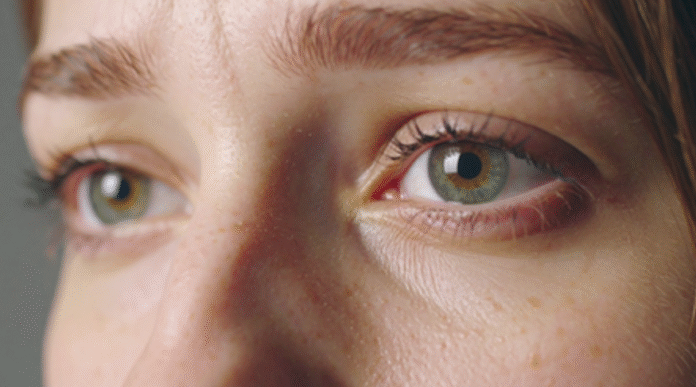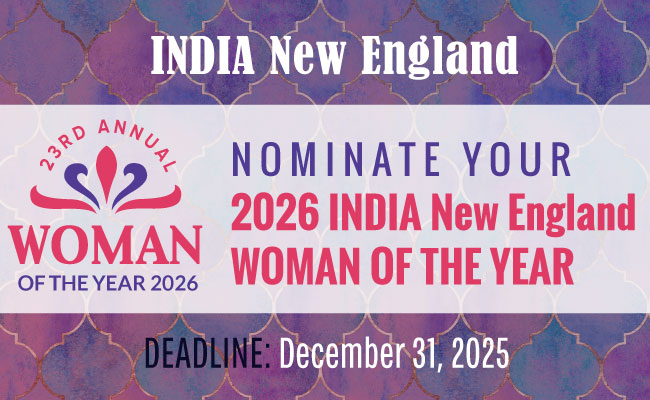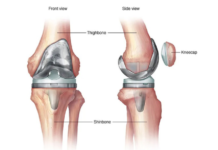NEW DELHI– Nearly one billion people across low- and middle-income countries are living with preventable vision loss, according to a new report released Thursday by the International Agency for the Prevention of Blindness (IAPB) to mark World Sight Day.
The global report, launched during the United Nations General Assembly, highlights that most cases of sight loss could be avoided through simple and affordable interventions such as cataract surgery and prescription glasses. The IAPB, which collaborates closely with the United Nations on global eye health initiatives, called for urgent investment in accessible eye care services.
According to the report, India alone has approximately 700 million people suffering from preventable vision impairment — a condition that directly impacts employment opportunities, education, income levels, and caregiving responsibilities.
The study identified six key priorities to combat preventable sight loss: early detection, immediate provision of reading glasses, capacity building within the eye health workforce, boosting surgical productivity, and addressing barriers such as cost, access, and the social stigma surrounding eyeglasses.
Implementing these measures could unlock an estimated Rs 3.6 lakh crore in annual economic benefits for India, translating to a return of Rs 16 for every rupee invested, the report stated. It urged a nationally coordinated strategy backed by strong public awareness campaigns across India.
“India is the first nation to launch the National Programme for Control of Blindness and Visual Impairment (NPCB&VI). It is 100 percent centrally sponsored and a strong example of eye health for all,” said Peter Holland, CEO of IAPB. “More than 9.8 million cataract surgeries were performed under the NPCB&VI during fiscal year 2024–25, the highest in the last five years.”
Holland emphasized that such policies build a strong foundation for equitable eye health and generate meaningful socio-economic impact. He also recommended school-based eye screenings with follow-up care, including near-vision glasses, to detect and address issues early.
The IAPB chief further encouraged the adoption of innovative solutions such as mobile eye clinics, tele-consultations, and tele-optometry to reach underserved regions. “Start-ups, large organizations, governments, and social institutions must come together to ensure widespread access to eye care across remote areas of India,” Holland added. (Source: IANS)













